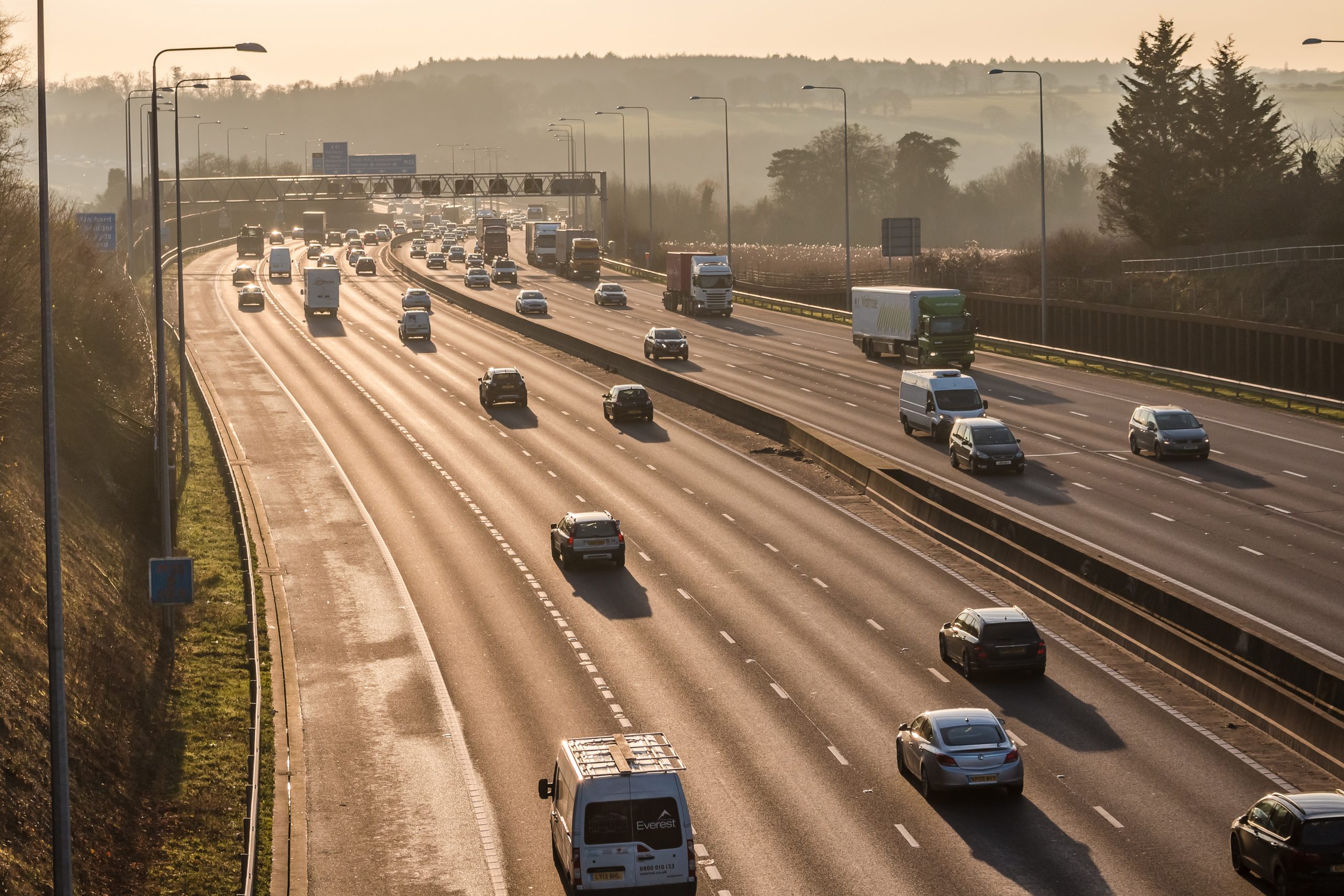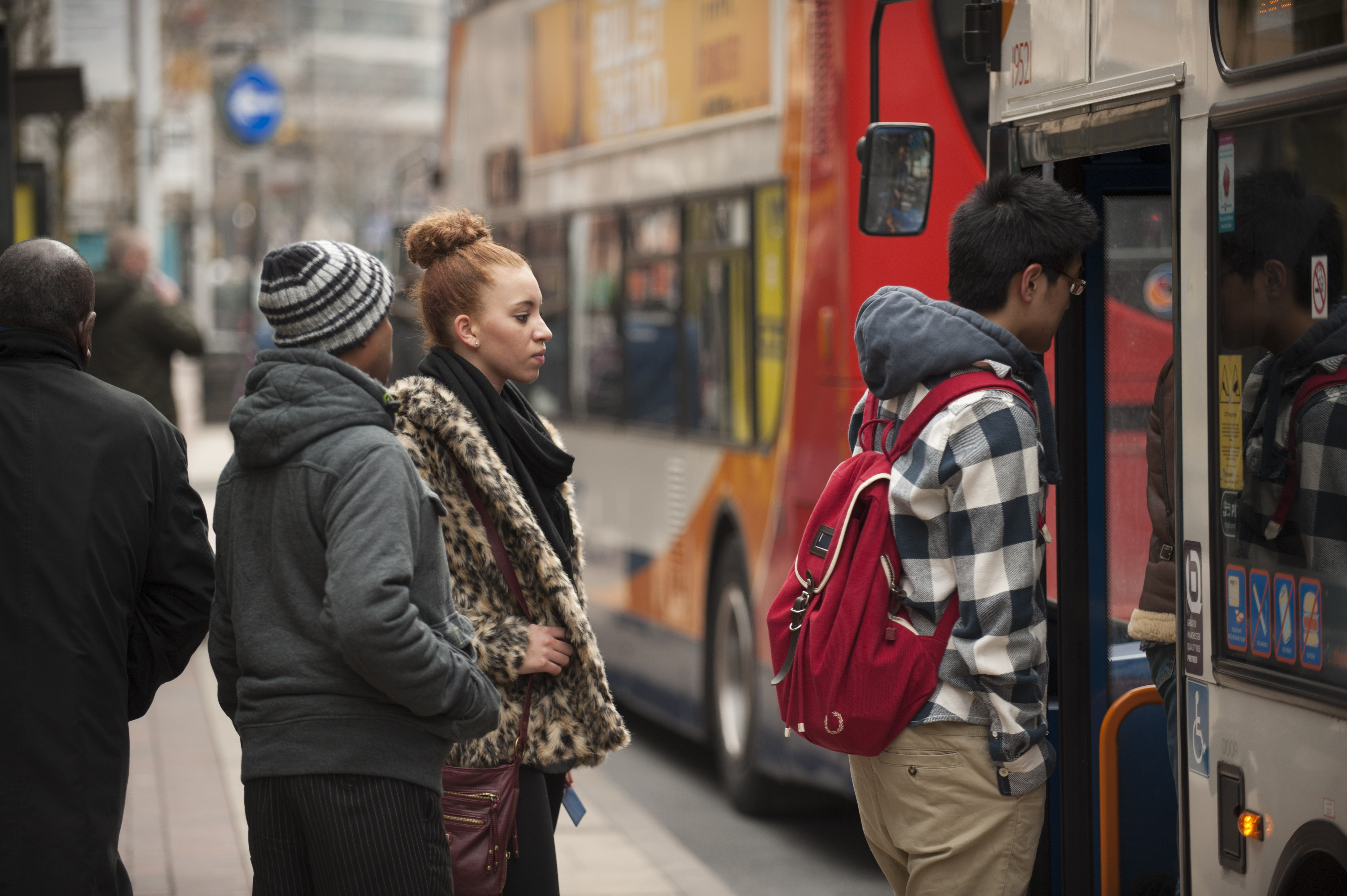
When is an on-time train not on time?
04 March 2011
Well, it’s not a bad idea to start by asking passengers. We were baffled why some train companies satisfaction scores have remained low while their train performance has improved – the train companies concerned were equally concerned and worked with us on this. Normally there is a very strong link between performance and overall satisfaction – they go up and down together. So, we set about matching individual responses to our National Passenger Survey and the actual timing of the train the person was on. The results are very interesting.
The rail industry publishes figures for train performance based on the percentage of trains that arrive at their final destination. This is measured within five minutes for shorter distance services and 10 minutes for longer distance. What our research shows is that some trains – logged as on time by the industry – have arrived late at a lot of the stations on the way, but caught up at the end.
This explains why some passenger satisfaction with punctuality lags behind the published figures. The industry collects all the ‘on-time’ figures, but these are not public. So this research begs lots of questions. Should the number of ‘right-time’ trains be a performance measure? Should punctuality also be measured at intermediate stations? Should the five and ten minute bands be tightened up? Can the published date be broken down by individual routes rather than just published at a very high level?
Some bigger passenger questions underlie all of this. No one wants to see timetables ‘padded’ to ensure trains arrive on time. However, the timetable which is the service that passengers actually buy, should be based on fact, not fiction. What would be the price of getting more trains on time? Are passengers willing to tolerate a bit of lateness now and then, rather than face even steeper price rises? These are the things we are going to explore next.






